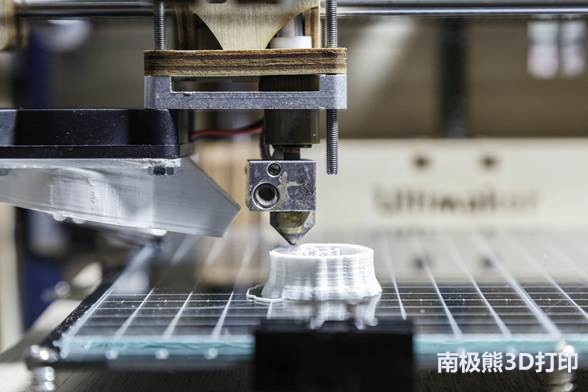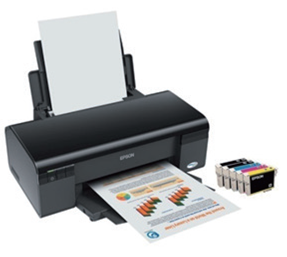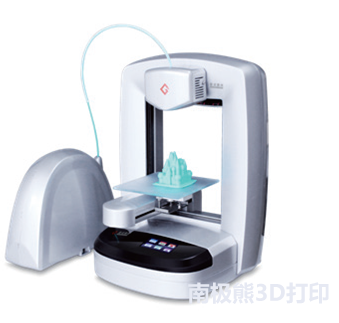Manufacturing technology can be roughly divided into three ways. One is subtractive manufacturing, which refers to the use of tools or electrochemical methods to remove unwanted materials, and the remaining part is the desired product. The second is the manufacturing of equal materials, which refers to the use of molds to control the shape and change the liquid or solid materials into the desired products. These two methods are traditional manufacturing methods, for example, casting technology has been used since the Bronze Age more than three thousand years ago. The third is the 3D printing technology developed in the past 30 years, the scientific name is additive manufacturing, which is a method of cumulatively manufacturing objects using materials layer by layer. 1. Technical principle The American Society for Testing and Materials' Additive Manufacturing Technical Committee (ASTMF42) defines additive manufacturing as: a production process that, contrary to subtractive manufacturing, integrates materials based on three-dimensional data. According to this authoritative definition, additive manufacturing must be driven by data. 3D printing technology is a collective name for a series of additive manufacturing technologies. The basic principle is all laminated manufacturing, that is, the rapid prototype produces the cross-sectional shape of the target object in the XY axis coordinate direction, and then intermittently makes the layer thickness in the Z axis coordinate. Displacement will eventually form a three-dimensional part. For most of human history, we made new physical objects by cutting raw materials or by molding, such as casting (made of equal materials) or cutting holes (made of subtractive materials). When most people first heard about 3D printing, they thought of a traditional desktop printer. In fact, 3D printing is very similar to traditional printing, in that data is driven by hardware. Generally speaking, people use traditional technology inkjet printers to print, the process is this: tap the "print" button on the computer screen, a digital file will be transferred to an inkjet printer, and then the printer will A layer of ink is sprayed onto the surface of the paper to form a two-dimensional image. The same is true for using a 3D printer. The control software will complete a series of digital slices through a slicing engine (used to decompose the stereo model into multiple cross-sections), and then transmit these slice information to the 3D printer, which will print layer by layer And then stacked until a solid object is formed. As far as the actual experience of the end user is concerned, it is often impossible to feel the difference in the production process between 3D printing and traditional printing. The biggest difference that can be felt is that the "ink" used is a real raw material, precisely because of this Similarly, additive manufacturing technology will be visually referred to as 3D printing technology. Common printer and 3D printer In fact, there is a big difference in printing materials and principles between the two. 3D printing materials can be divided into two categories: metal and non-metal. The forms include solid, liquid, and powder. Each type of material corresponds to one or more printing principles. For device users, the main difference between 3D printing and traditional printing is that a complete three-dimensional model is designed on the computer, and then printed out. Therefore, 3D printing is far more complicated than traditional printing. Editor in charge: null
The Histological microtome is widely used in hospitals, biomedicine, life science, agriculture and forestry, education, health and epidemic prevention, animal husbandry and veterinary, scientific research institutions, laboratories and other departments at all levels.
It is our latest model that integrates the advantages of precision, stability and simplification which manual microtome entails, also have the specimen retraction counted by stepping motor and spindle accurate. It is one of best model for histology and pathology preparation.
Tissue Microtome,Paraffin Microtome,Histological Microtome,Paraffin Embedding Machine Xinxiang Vic Science&Education Co.,Ltd. , https://www.hnlaboratoryequipment.com


Previous 12Next
Show remaining content on this page